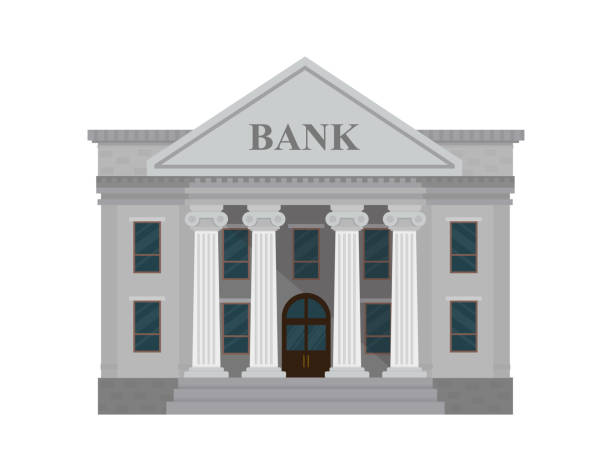When it comes to choosing the right bank to grow with, there are a few key factors that you need to take into consideration. First, what are your banking needs? Do you need a full-service bank with physical branches and ATMs, or would an online bank suffice? Second, what are your long-term financial goals? Are you looking to grow your savings, invest for retirement, or both? Third, what kind of customer service and support do you need? Do you need a bank that’s available 24/7, or would you prefer a more personal touch?
Once you’ve answered these questions, you can start evaluating different banks to see which one is the best fit for you. When looking at different banks, there are a few key things you should look at: fees, interest rates, customer service, and convenience.
Fees are one of the biggest things to look at when choosing a bank. Many banks charge fees for everything from account maintenance to ATM usage. Some of these fees can be waived if you meet certain criteria, such as maintaining a certain balance or using direct deposit. However, even if you do qualify for fee waivers, you’ll still want to compare the fees at different banks to see which one will be the most affordable in the long run.

Interest rates are another important factor to consider when choosing a bank. If you’re looking to grow your savings, you’ll want to choose a bank with high-interest rates. On the other hand, if you’re looking to take out a loan, you’ll want to choose a bank with low-interest rates. Either way, it’s important to compare the interest rates at different banks to make sure you’re getting the best deal.
Customer service is also an important factor to consider when choosing a bank. You’ll want to choose a bank that has friendly and helpful customer service representatives. You should also consider the bank’s hours of operation and whether or not they have 24/7 customer support.
Convenience is another key factor to consider when choosing a bank. You’ll want to choose a bank that has branches and ATMs near you. You should also consider the bank’s online and mobile banking features. Many banks now offer mobile apps that allow you to deposit checks, transfer money, and more.
Once you’ve considered all of these factors, you should be able to narrow down your choices to a few banks. From there, you can compare the account options and decide which bank is the best fit for you.
